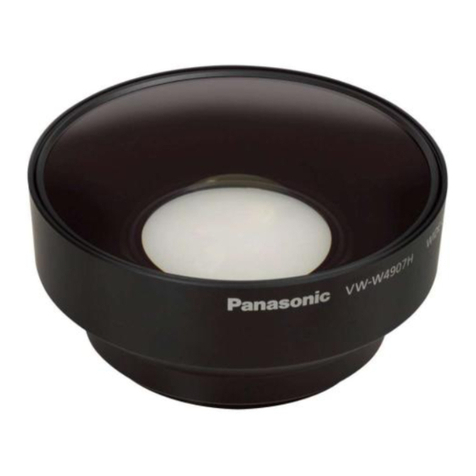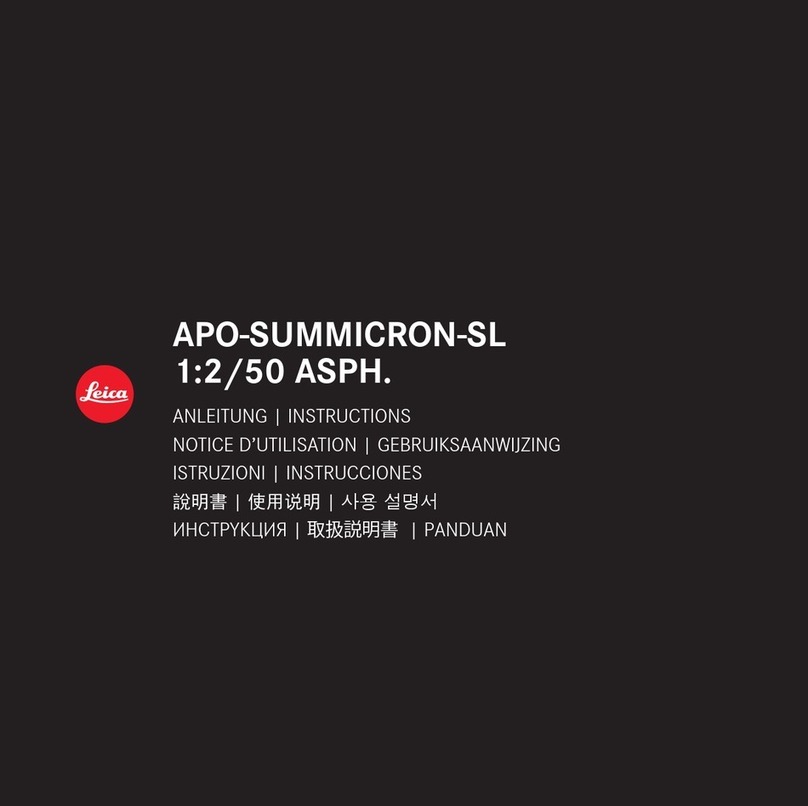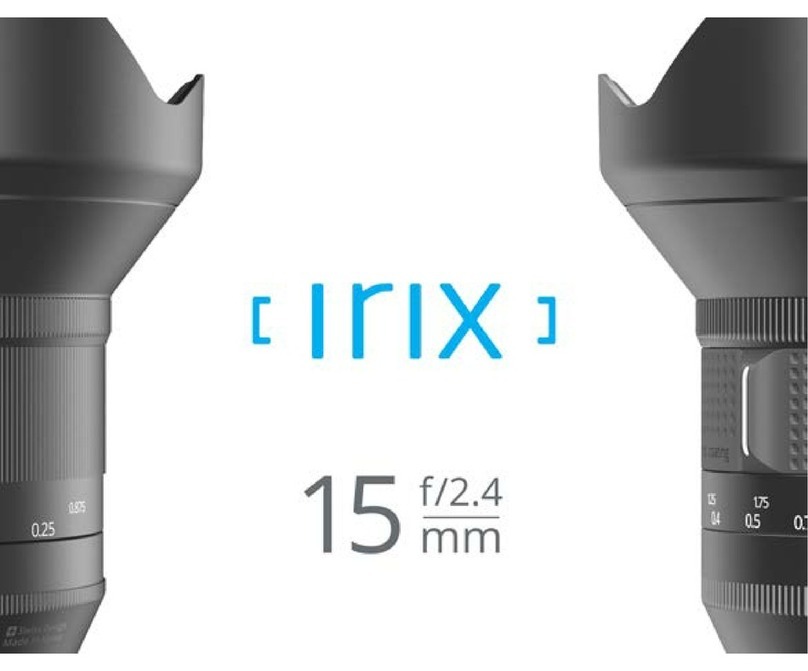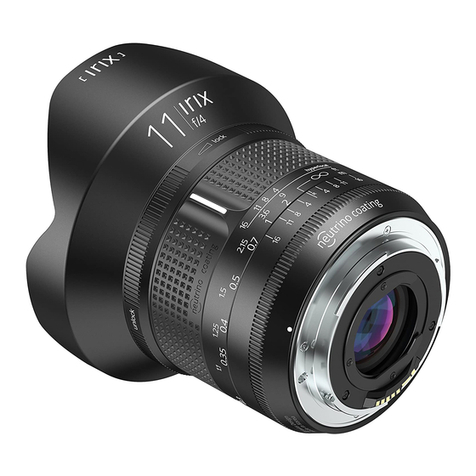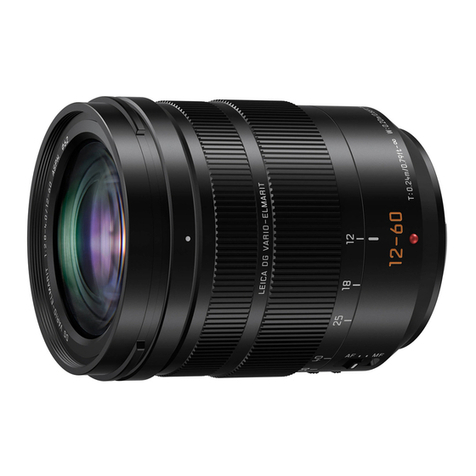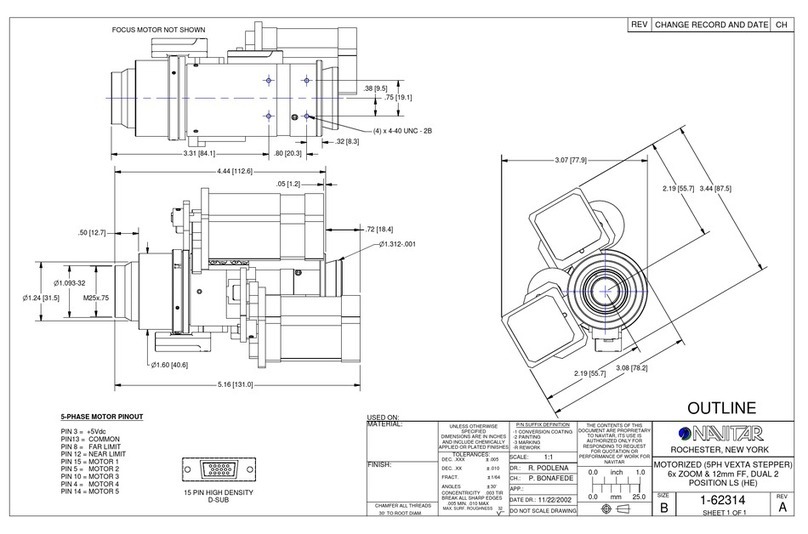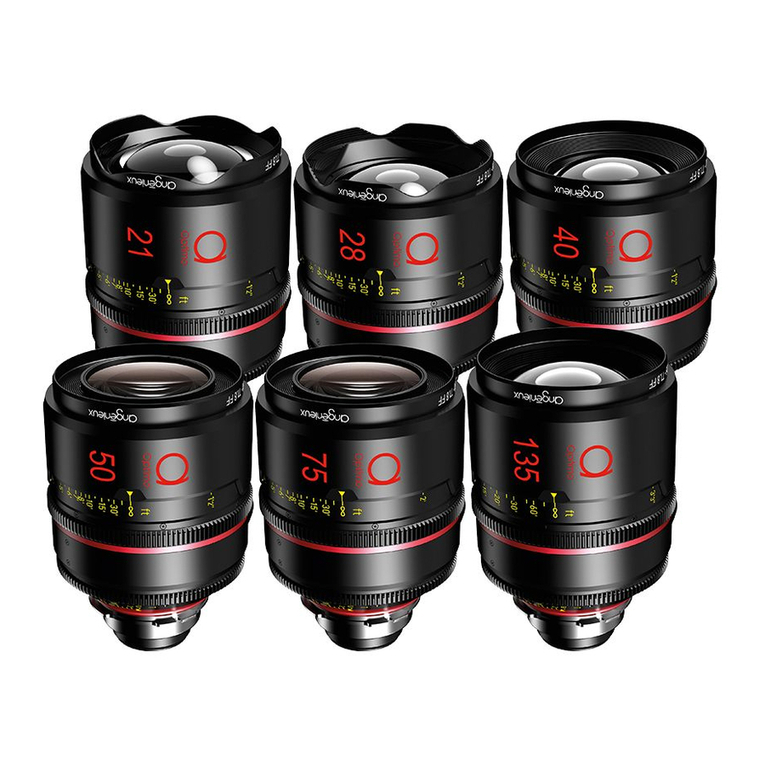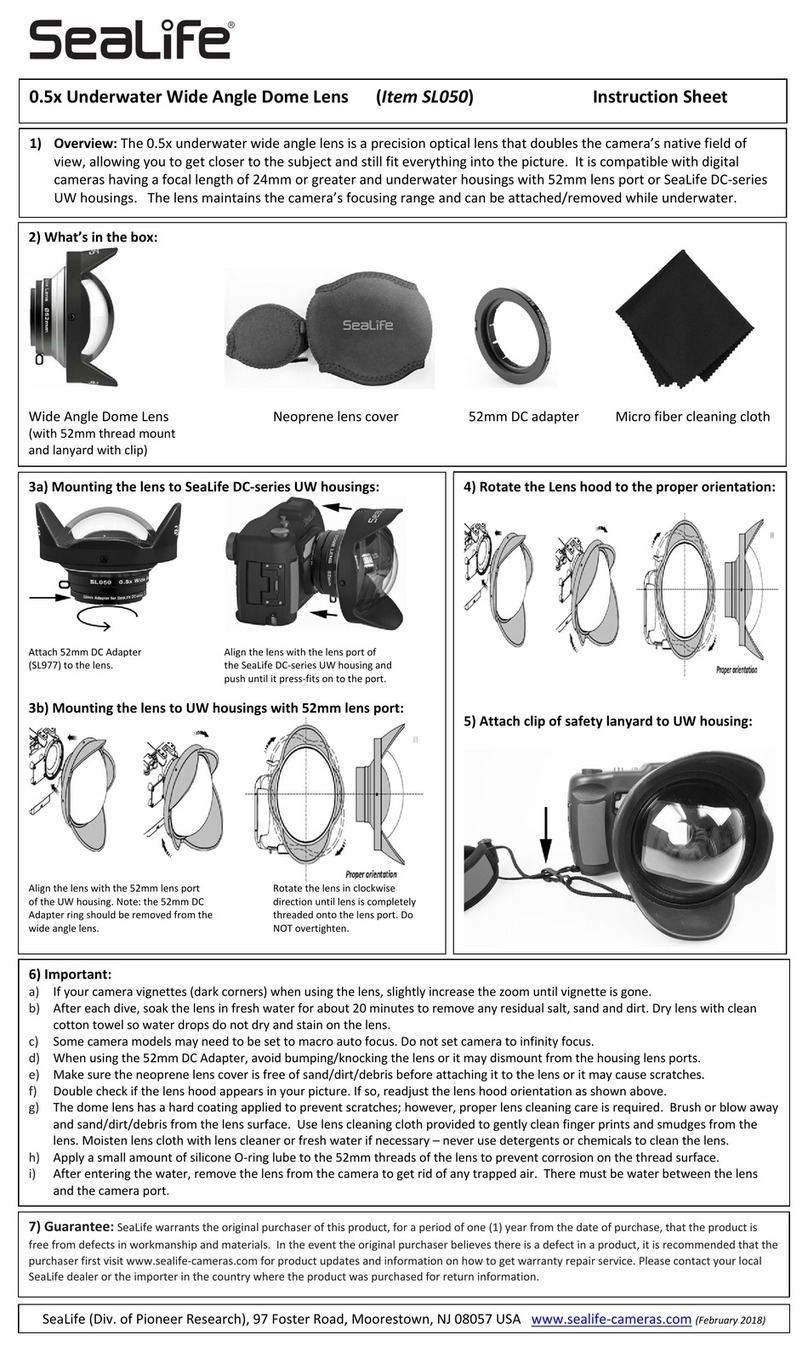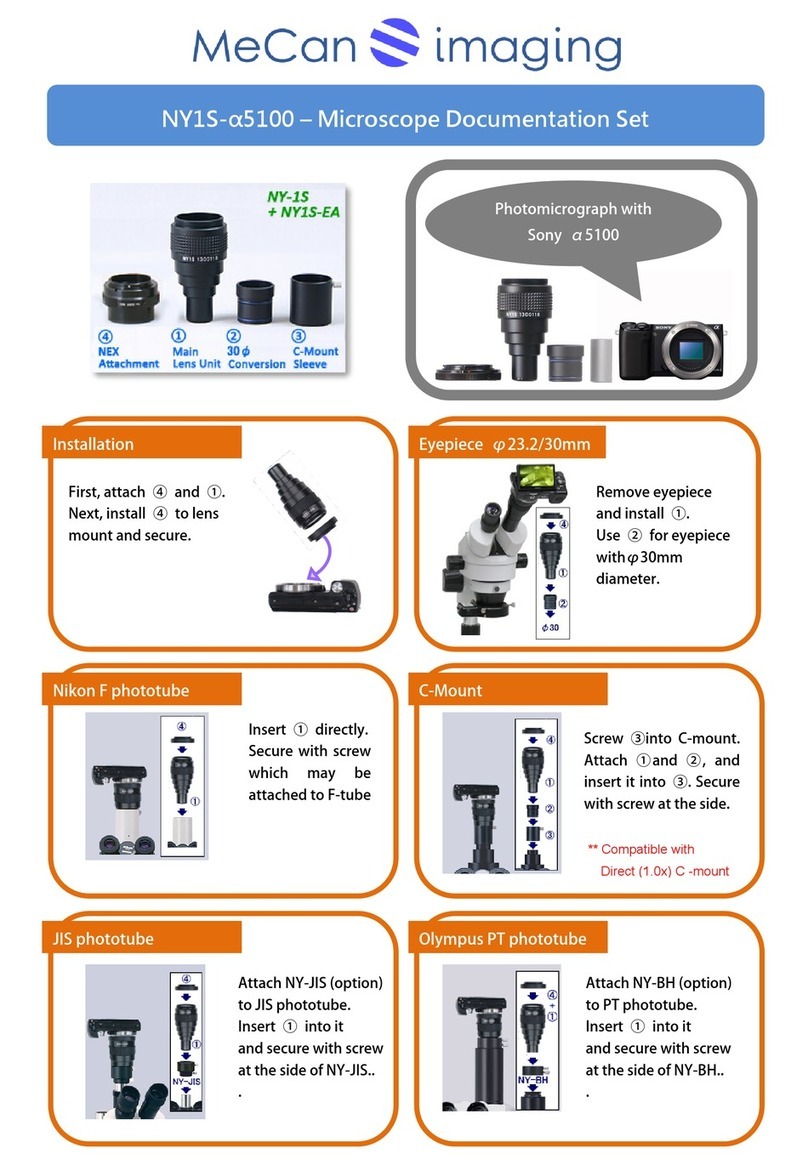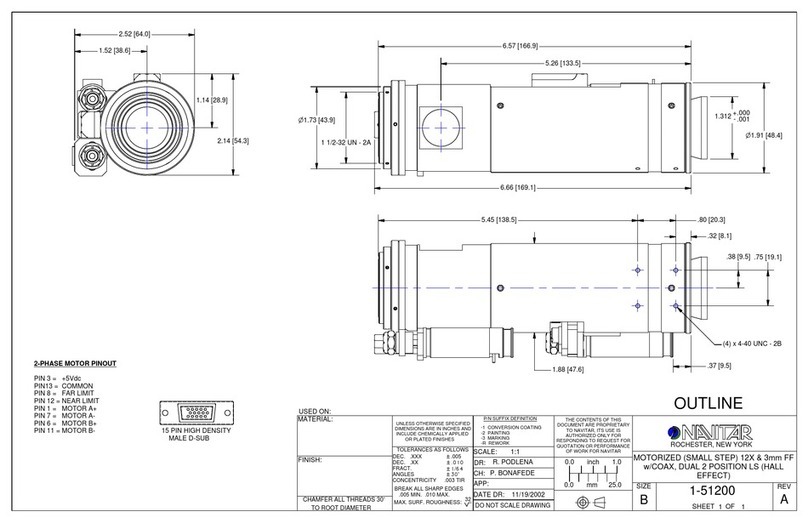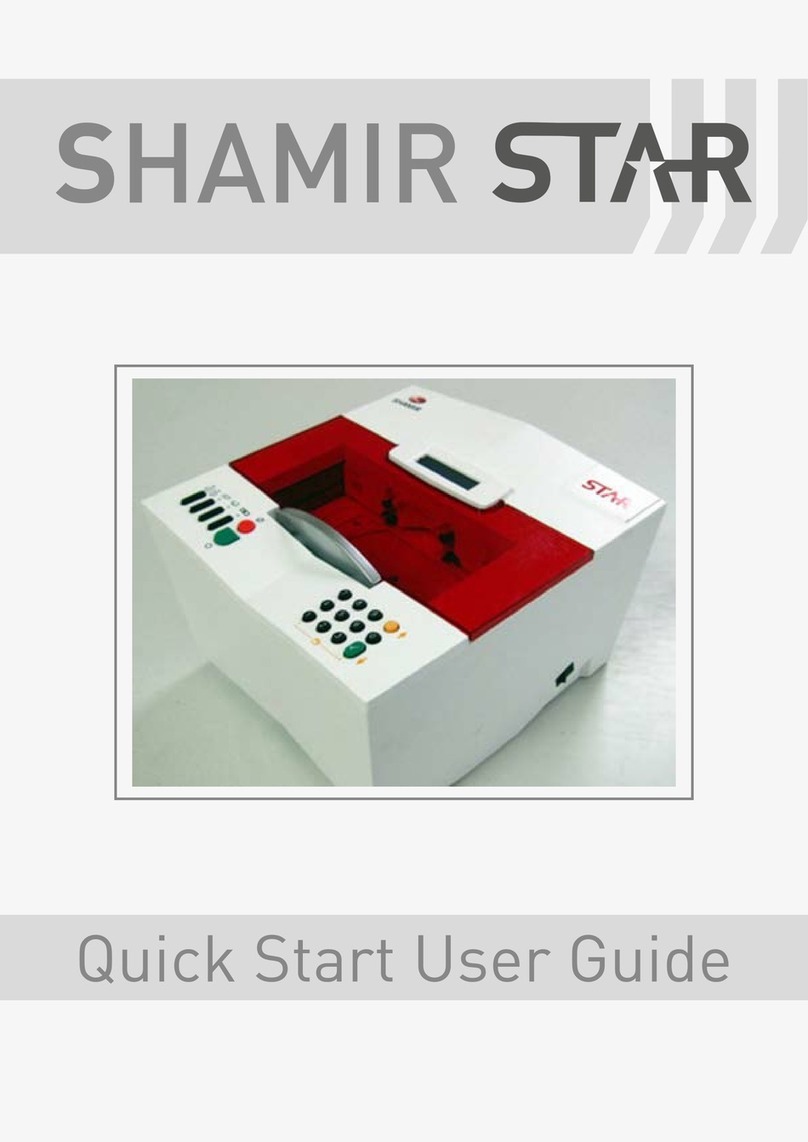[ 8 ]
FOCUS SCALE CALIBRATION You Irix lens has been engineered to exacting stan-
dards. The focus scale is factory calibrated and
should be accurate. In some cases, however, you
may nd that the innity mark on your lens does
not correspond to the optimum focus setting for
distant objects. While the focus ring will rotate past
the innity setting to allow you to compensate for
this, it may be more convenient to re-calibrate the
innity setting on your lens. You can make this ad-
justment yourself or contact the Irix support team
for help.
To calibrate the focus ring:
1. Remove the calibration window cover by unscrewing the T6
Torx screw and sliding the cover outward.
2. Set the focusing ring at the innity position and rotate the
focus lock ring to the locked position. The internal calibration
ring and at head locking screw should be visible.
3. Using a at head screwdriver, loosen the screw on the cali-
bration ring. Be careful not to allow the screws to fall into the
lens housing. A screwdriver with a magnetic tip is recommen-
ded.
4. Using your camera’s Live View and LCD zoom, rotate the cali-
bration ring to focus carefully on a distant subject (farther away
than 50m/164ft).
5. Lock the calibration ring by re-tightening the screw and re-
place the calibration window cover.

